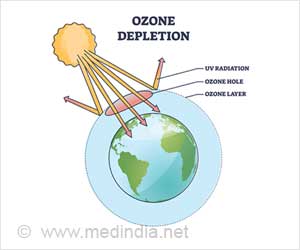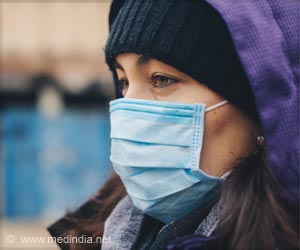Qing-Bin Lu, a scientist from the University of Waterloo in Canada’s Ontario, revealed a large, all-season ozone hole — defined as an area of ozone loss, larger than 25 percent compared with the undisturbed atmosphere — in the lower stratosphere over the tropics comparable to- in depth to that of the well-known springtime Antarctic hole, but, its area is roughly seven times greater.
“The tropics constitute half the planet”s surface area and are home to about half the world”s population,” said Lu.
“The existence of the tropical ozone hole may cause great global concern.”
Advertisement
“The depletion of the ozone layer can lead to increased ground-level UV radiation, which can increase risk of skin cancer and cataracts in humans, as well as weaken human immune systems, decrease agricultural productivity, and negatively affect sensitive aquatic organisms and ecosystems,” Lu noted, in the paper published in the journal AIP Advances.
According to Lu, the ozone hole is currently sitting over tropical regions and has been since the 1980s.
The observation of the ozone hole comes as a surprise to Lu”s peers in the scientific community since conventional photochemical models did not predict it.
As with the polar ozone hole, approximately 80 percent of the normal ozone value is depleted at the center of the tropical ozone hole.
Preliminary reports show ozone depletion levels over equatorial regions are already endangering large populations, and the associated UV radiation reaching these regions is far greater than expected.
Lu said, “The tropical and polar ozone holes play a major role in cooling and regulating stratospheric temperatures, mirroring the formation of three ‘”temperature holes”‘ in the global stratosphere. He said this finding may prove crucial to better understanding global climate change.”
“The present discovery calls for further careful studies of ozone depletion, UV radiation change, increased cancer risks, and other negative effects on health and ecosystems in the tropical regions,” said Lu.
Source: IANS



